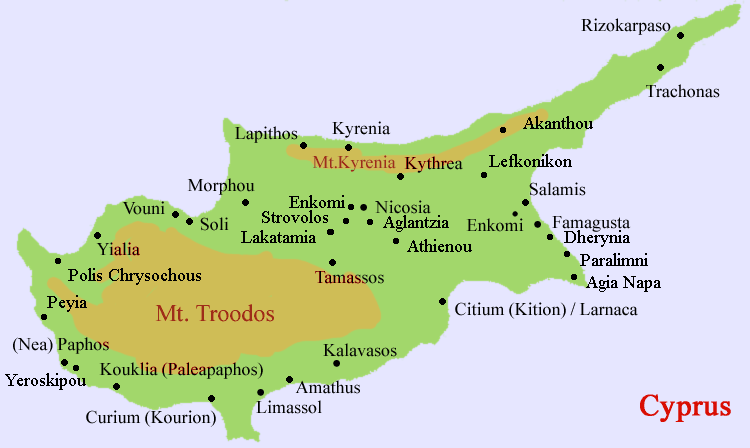|
|
Shillourokambos is an aceramic Neolithic site (PPN B) near Parekklisia, 6 km east of Limassol in southern Cyprus. It is located on a low plateau. Excavations began in 1992. The settlement has four phases and was occupied from the end of the 9th Millennium to the second half of the 8th Millennium. The architecture of phases A and B (8200-7500 BC, calibrated) is characterised by circular wattle and daub structures, with post holes cut into the bedrock. Some deep pits may have served as wells. Ca. 300 blades of Anatolian obsidian point to trade connections with the mainland. Sickles are made of multiple parts, and projectile points made of bipolar blades, lacking in the later Khirokitia culture, are common. The site contains wells and cattle enclosures as well. The middle and late phases (7500 BC) conform more closely to the Choirokoitia culture with circular stone houses, comparable to those at Kastros. Imported obsidian is rare, and sickles are made from single robust blades. The site is important because it attests to the presence of cattle in the aceramic Neolithic period. Cattle died out in the course of the 8th millennium and were not reintroduced until the ceramic Neolithic. Only dog and pig bones show morphological signs of domestication (size reduction), sheep, goat and cattle bones are in the size range of the wild species (Mouflon, bezoar goat and wild cattle). The range of bones present point to a killing near the site, thus making a state of pre-domestication probable. Fox and persian fallow deer are present as well, but seem to have been hunted. There are no bones of the Holocene dwarf fauna present in Shillourokambos. This is also the site where the oldest evidence of the human taming of cats was found. A burial site dated to 7500 BC contains the remains of a human, a cat (Felis silvestris, perhaps subspecies lybica) and a rich variety of offerings.
Sources Jean Guillaine/Francois Briois, Parekklisha Shillourokambos: an early neolithic site in Cyprus. In: S. Swiny (ed.), The earliest prehistory of Cyprus. From Colonization to exploitation American archaeological research institute Monograph Series 2 (Boston American School of oriental research 2001), 37-54.
Links
Retrieved from "http://en.wikipedia.org/"
 |
|
||||||||||||||
|
|
